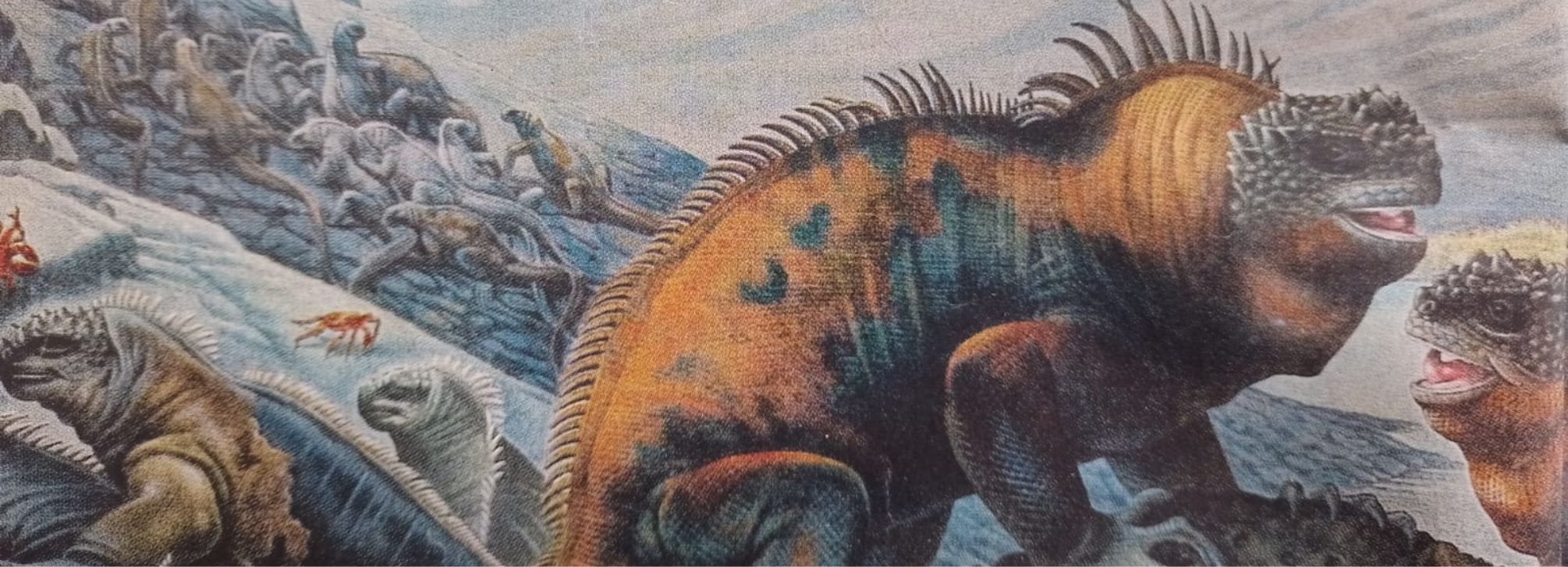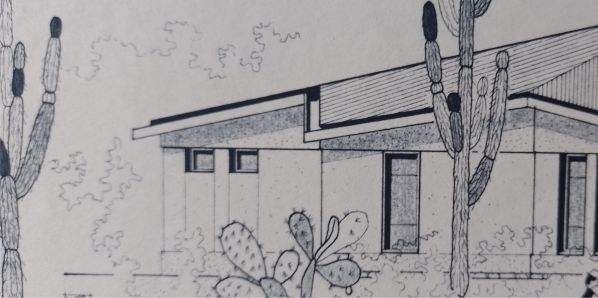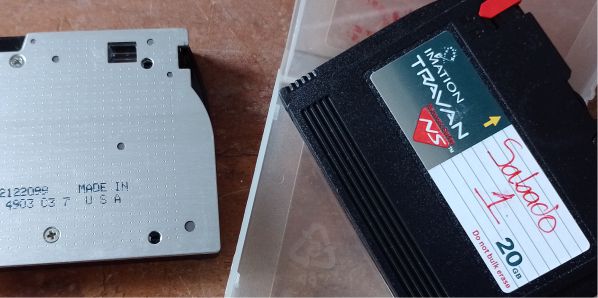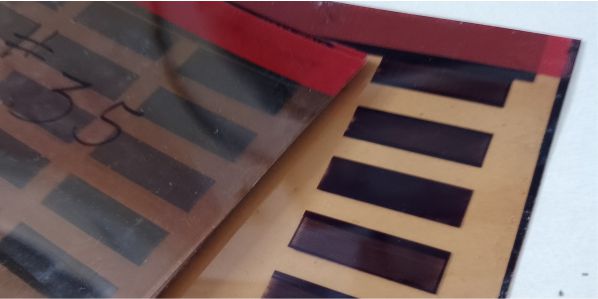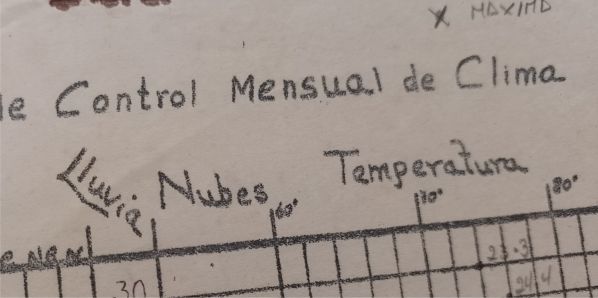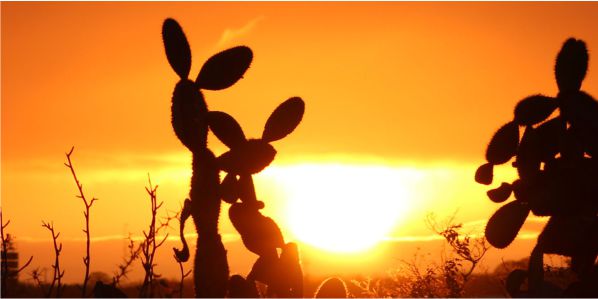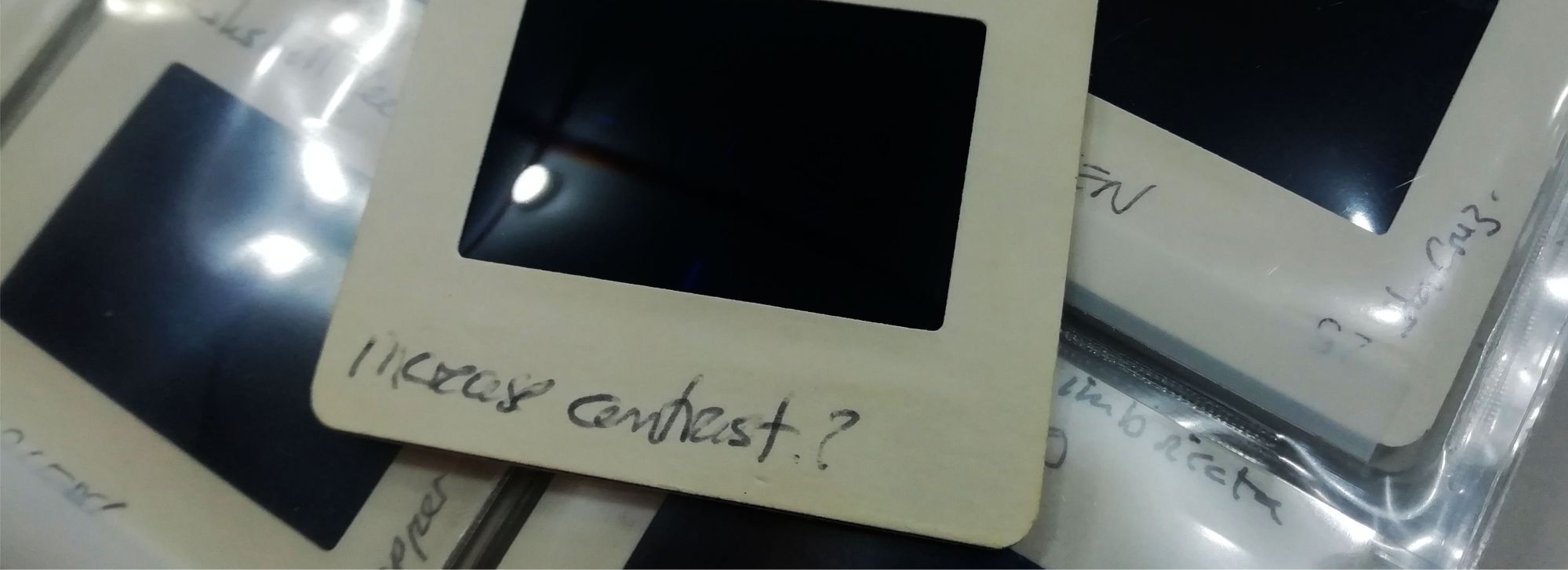Galapagos in Life magazine
In 1957, UNESCO sent an expedition led by Austrian ethologist Iräneus Eibl-Eibesfeldt to the Galapagos Islands to assess the status of local biodiversity and search for a location for a potential biological station. The team that traveled to the archipelago included a photographer and an illustrator from Life magazine, whose work ended up being published in the September 5, 1958 issue. It was one of the first texts on Galapagos and its fauna to be published in a renowned magazine with international scope. The CDF Library is fortunate to have a copy of this issue in good condition.
